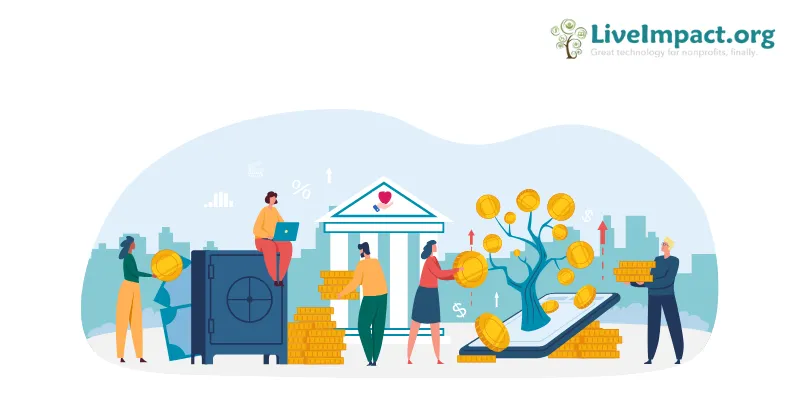Major gifts have the potential to transform nonprofit organizations, enabling them to achieve greater impact and advance their missions. However, securing significant contributions requires a deliberate and strategic approach. We present a comprehensive plan for nonprofits to increase major gifts, outlining key steps and strategies to cultivate meaningful relationships with potential major donors and enhance fundraising success.
1. Define Clear Funding Goals
To effectively increase major gifts, nonprofits must establish clear funding goals aligned with their mission and strategic objectives. These goals should be specific, measurable, achievable, relevant, and time-bound (SMART). By defining the financial resources required to support critical initiatives and programs, nonprofits can develop targeted strategies to engage major donors who are passionate about the organization’s cause.
2. Identify and Segment Potential Major Donors
Conduct a thorough prospect research to identify individuals, foundations, or corporations who have the capacity and affinity to become major donors. Look for individuals who have previously shown support for causes similar to yours or have a demonstrated interest in your organization’s focus area. Segment potential major donors based on their giving history, philanthropic interests, and connection to the organization. This segmentation will help tailor fundraising strategies and engagement approaches to each donor group.
3. Cultivate Authentic Relationships
Building genuine relationships with potential major donors is crucial for securing their support. Focus on understanding their motivations, interests, and values. Engage with them through personalized communication, such as personalized emails, handwritten notes, or phone calls, expressing gratitude for their past support and keeping them informed about the organization’s impact. Additionally, offer opportunities for in-person meetings, visits to program sites, or invitations to exclusive events to deepen their connection to the organization’s work.
4. Develop a Compelling Case for Support
Craft a compelling case for support that clearly articulates the organization’s mission, impact, and funding needs. Communicate the urgency and significance of the work being done and demonstrate how major gifts can make a transformative difference. Utilize stories, data, and testimonials to illustrate the tangible outcomes of major gifts and their potential for creating lasting change. Tailor the case for support to address the specific interests and motivations of potential major donors.
5. Create a Major Gift Recognition Program
Establish a structured recognition program to acknowledge and honor major donors for their generous support. Recognition could include naming opportunities, exclusive events or experiences, personalized updates on the impact of their gifts, and invitations to join advisory boards or leadership committees. Recognition programs not only demonstrate appreciation but also cultivate a sense of belonging and engagement among major donors, fostering long-term partnerships and potential increased contributions.
6. Invest in Donor Stewardship and Cultivation
Devote dedicated resources to stewardship and cultivation efforts. Assign staff members or volunteers to build and nurture relationships with potential major donors. Regularly communicate with donors to provide updates on the organization’s progress, share success stories, and demonstrate the impact of their contributions. Offer opportunities for involvement and engagement, such as volunteering, serving on committees, or participating in programmatic activities. Personalize interactions based on the donor’s interests and preferences to strengthen the relationship. A robus donor management software helps you do this easily and effectively.
7. Leverage Board and Volunteer Engagement
Engage board members and volunteers in the major gift cultivation process. Provide them with training and resources to effectively advocate for the organization and assist in donor cultivation. Board members, in particular, can leverage their networks and connections to identify potential major donors and facilitate introductions. Encourage volunteers to share their personal stories and experiences with the organization to create authentic connections with potential major donors.
8. Measure and Evaluate Success
Establish metrics and systems to track progress and evaluate the success of major gift efforts. Monitor the number of major donors, the amount of funds raised, and the growth of the major gift program over time.
Nonprofits strive to make a lasting difference, harnessing the power of major gifts as an integrated part of their fundraising strategy. By following the outlined plan and the right fundraising platform nonprofits can position themselves for success and unlock the transformative potential that major gits bring. Discover how LiveImpact can enhance your major gifts today!


